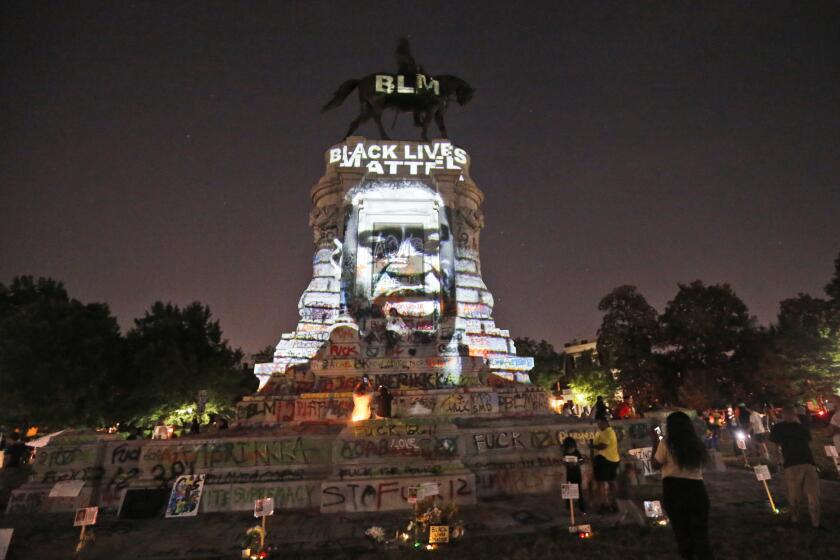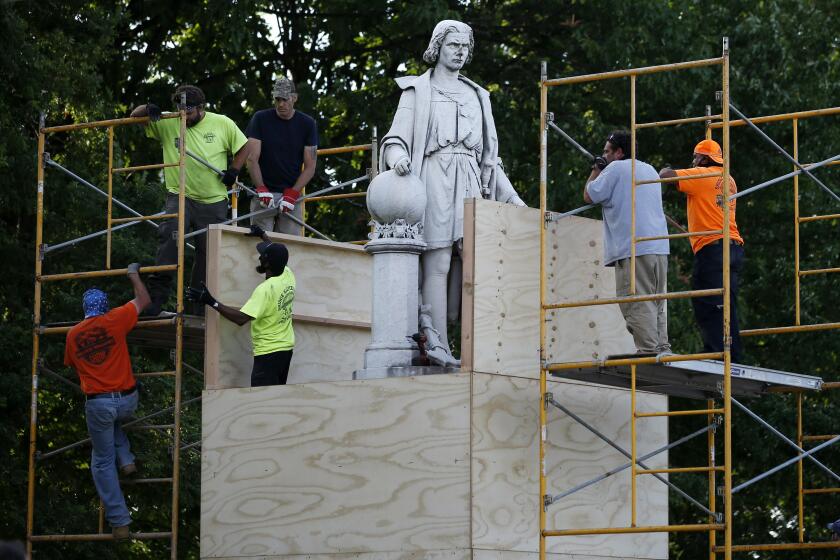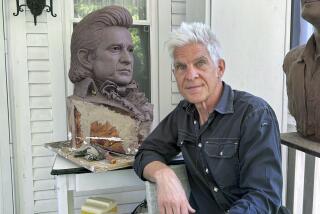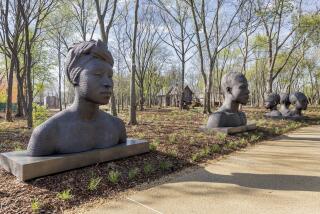South Carolina, site of a church massacre 5 years ago today, protects its monuments to racist figures

COLUMBIA, S.C. — Five years ago, after eight black church members and their pastor were shot and killed in a racist attack, South Carolina came together and took down the Confederate flag from the Capitol lawn.
Today, as yet another shocking killing of an African American roils the country, bringing a wave of pulled-down statues and the removal of names of historical figures who repressed or oppressed other people, South Carolina leaders appear to be sitting out this movement so far.
Wednesday marks five years since Dylann Roof sat through nearly an hour of Bible study at the Mother Emanuel AME church and then started shooting as the group prayed. Nine Black worshipers were killed. Roof spared one woman’s life so she could tell everyone he wanted to start a race war. Sentenced to death, he remains in federal prison.
Roof didn’t hesitate to explain his racist beliefs to FBI agents and left a handwritten journal full of his views, such as Blacks being inferior to whites. He also left behind pictures of himself holding the gun used in the killings, posing at historic Civil War and African American sites and holding the Confederate flag.
Outraged political leaders came together and overwhelmingly voted to take down a Confederate flag that flew near a monument to Confederate soldiers on the Statehouse lawn.
That was the last time the General Assembly invoked a 2000 law called the Heritage Act. The law protects all historical monuments and names of buildings, requiring a two-thirds vote from the state General Assembly to make any changes.
States and cities across the U.S. are removing Confederate statues amid protests over systemic racism and violence and the killing of George Floyd.
That’s a tough task in a state where conservative Republicans dominate the House and Senate, made harder after Republican House Speaker Jay Lucas said days after the Confederate flag came down in 2015 that he would never consider another change like it while he led the House.
Lucas has kept his word, failing to respond to repeated interview requests and questions whether his stance has since changed.
Pressure is mounting, however. Clemson University trustees voted on Friday to ask the General Assembly to let it change the name of Tillman Hall, a main building on campus named for “Pitchfork” Ben Tillman.
Tillman gained prominence while supporting a white mob that killed four Black men in 1876 after they had surrendered to them. He later became South Carolina’s governor and a U.S. senator, committed to destroying any rights blacks obtained after the Civil War.
“We of the South have never recognized the right of the negro to govern white men, and we never will. We have never believed him to be equal to the white man, and we will not submit to his gratifying his lust on our wives and daughters without lynching him,” Tillman said in a 1900 congressional speech.
The president of the University of South Carolina wants lawmakers to let the school remove the name of J. Marion Sims from a women’s dorm. Sims is honored as the father of modern gynecology but conducted experimental treatment on slaves without anesthesia.
Sims and Tillman also have statues on the Statehouse lawn. Some African American lawmakers want plaques added, explaining their racist views. Others, like Rep. Justin Bamberg, want Tillman and the others gone.
The decision, announced Tuesday by legislative leaders, has long been sought by those who say it’s wrong to honor a man who ushered in an era of genocide to North America’s indigenous peoples.
“I don’t like seeing ‘Pitchfork’ Ben Tillman every dang day I go to the Statehouse,” the Democrat said. “He boldly and proudly supported lynching my people.”
And in Charleston on Tuesday, the current pastor of Mother Emanuel stood with civil rights activists and politicians who called for the removal from a downtown park of a 100-foot-tall statue of former U.S. Vice President John C. Calhoun.
Calhoun’s support of slavery never wavered. And in an 1836 speech before the U.S. Senate, he said slaves in the South were better off than free Blacks in the North.
The Rev. Nelson Rivers said Calhoun “represents Dylann Roof to us” and said Charleston leaders should defy the unjust Heritage Act — which does not include penalties for breaking it — and remove the statue.
“The time has come to not just acknowledge your racist, evil, wicked past. The time has come to take down the monuments that honor the evil that was done in the name of Charleston, in the name of South Carolina,” Rivers said Tuesday at the foot of Calhoun’s statue.
Charleston Mayor John Tecklenburg said he would announce the city’s decision Wednesday on the statue’s future.
Democratic State Sen. Marlon Kimpson, whose district includes the statue, said his conversations with the mayor left him cautiously optimistic the city would take it down without waiting for state permission.
And fellow Democrat Rep. Todd Rutherford of Columbia told colleges Tuesday to go ahead and make their changes, saying that if the state sues them, then state money would also be spent to defend them.
“Have guts. Have courage and do it anyway. And encourage anybody who doesn’t like it to sue them,” said Rutherford, the House Minority Leader, in a video posted on Twitter.
The time has come for Republicans in South Carolina to either clear the way to remove monuments or show their true colors, said Rivers, who spent nearly 40 years with the NAACP and is now a vice president with the civil rights group National Action Network.
“Either you support a monument to hate or you do not,” Rivers said. “There is nothing fuzzy about this.”
More to Read
Sign up for Essential California
The most important California stories and recommendations in your inbox every morning.
You may occasionally receive promotional content from the Los Angeles Times.












